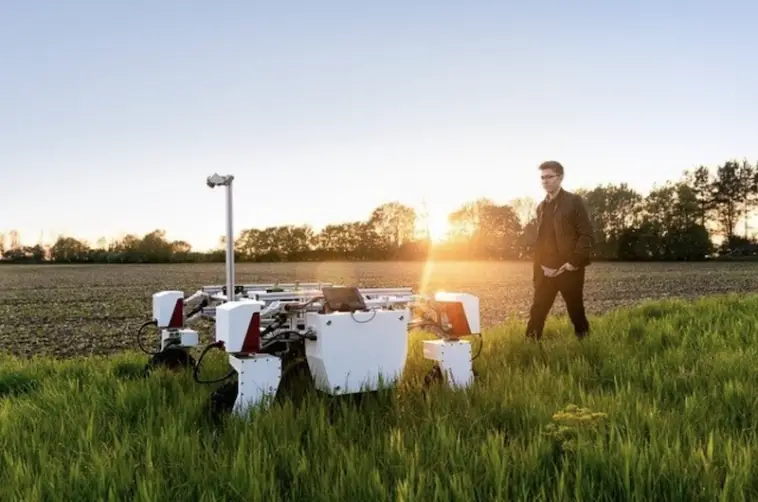Agriculture is the foundational basis of human culture; civilizations started when humans discovered farming. It’s no surprise that the agriculture field is now using automation more than any other field. There are 7.7 billion people around the world, and agriculture is their main source of food. Without automation, the agriculture sector would have suffered to meet the needs of increasing food demand around the world. Here is how automation affected the farming industry and changed it completely in the 21st century.
Found Solutions to Many Challenges
Fast food and unhealthy processed food have led people to pursue a healthier lifestyle, looking for healthier organic food. People started to return to plant-based foods which mainly come from farming, however, that approach caused a surge in demand from farmers. Automation solved this problem as it increased productivity to meet the enormous demand for plant-based food.
The farming industry suffered from a labor shortage in the last couple of decades as more people turned to city life and it was difficult to train new workers on modern agricultural practices. The labor shortage problem was solved with automation as it replaced the traditional hand-on-approach farmer with smart robots who would do the same tasks quickly and efficiently.
With the global awareness of a healthy lifestyle, pesticides, and other chemical components hindered the farming industry from being eco-friendly and the agricultural sector faced criticism from the general public and governments. Automation has solutions to reduce the usage of these chemical components while keeping the harvest healthy and reducing greenhouse gas emissions, and that’s why many business owners have started using automation in their farms.

The Numerous Uses of Automation
Farming requires several mundane tedious tasks that are time-consuming and exhausting, however, robots are built to work tirelessly with no sick leaves and on weekends. Tractors have helped farmers to sow seeds for years, however, each tractor needed a driver, who was prone to make mistakes and fatigue. With automated tractors, you can control several tractors at the same time remotely, plan their route, and get reports and alerts without needing any humans to operate the tractor.
Each process in the processing plant takes a huge amount of time whether it is bagging, sorting, seed processing, or other processes. Robots can do the same tasks with better efficiency and speed if you hire the right automation services provider to automate these tasks for you which will solve the labor shortage and save you time and money. The automation can even help you with sorting colors of your harvest, rejecting the defective ones.
Seeding and weeding require precision and many workers to do the job, however, those tasks spend a huge amount of pesticide. Robots used in this specific task reduce the usage of pesticides considerably as they spray the exact amount needed and where it’s needed by using computer vision and other technological advances. Irrigation, harvest automation, and other areas of farming have benefited from automation as well, by using machines, robots, and even drones.
Benefits of Automation
Aside from solving the challenges that the farming industry faced, automation also offered numerous benefits for the sector. Using pesticides and fertilizers sprayers exposed the workers to these dangerous chemical components, that’s why robots protect human workers from harm by handling these tasks. Additionally, robots ensure a steady workflow as they work all the time with no need for a break or taking a day off. By using automation, you ensure accuracy in executing tasks which leads to high-quality final output.
The precision of robots in applying pesticides or other chemical components reduces the materials used, which saves money and makes the harvest healthier. It also saves time as human workers would need to focus for a long period of time to spray the pesticide, while robots would only use the right amount on the parts that need to be sprayed. Even in sorting the harvest, a robot can do the task better and faster, increasing the efficiency throughout the whole process.
All of these benefits also reduce the cost of farming overall, as you invest in automation to replace the workers for better results. Robots need maintenance, however, they don’t require salaries or need to be trained on the latest practices, aside from the hassle of recruiting good caliber while there is a shortage in labor in general.
Automation has changed the way agriculture works, and yet, it’s still in its early stages. The possibilities of the services and solutions automation can provide to the farming industry is endless. The human element in agriculture will always be essential for managing a farm, however, there is no stopping the automated machines and drones from automating the whole process.




